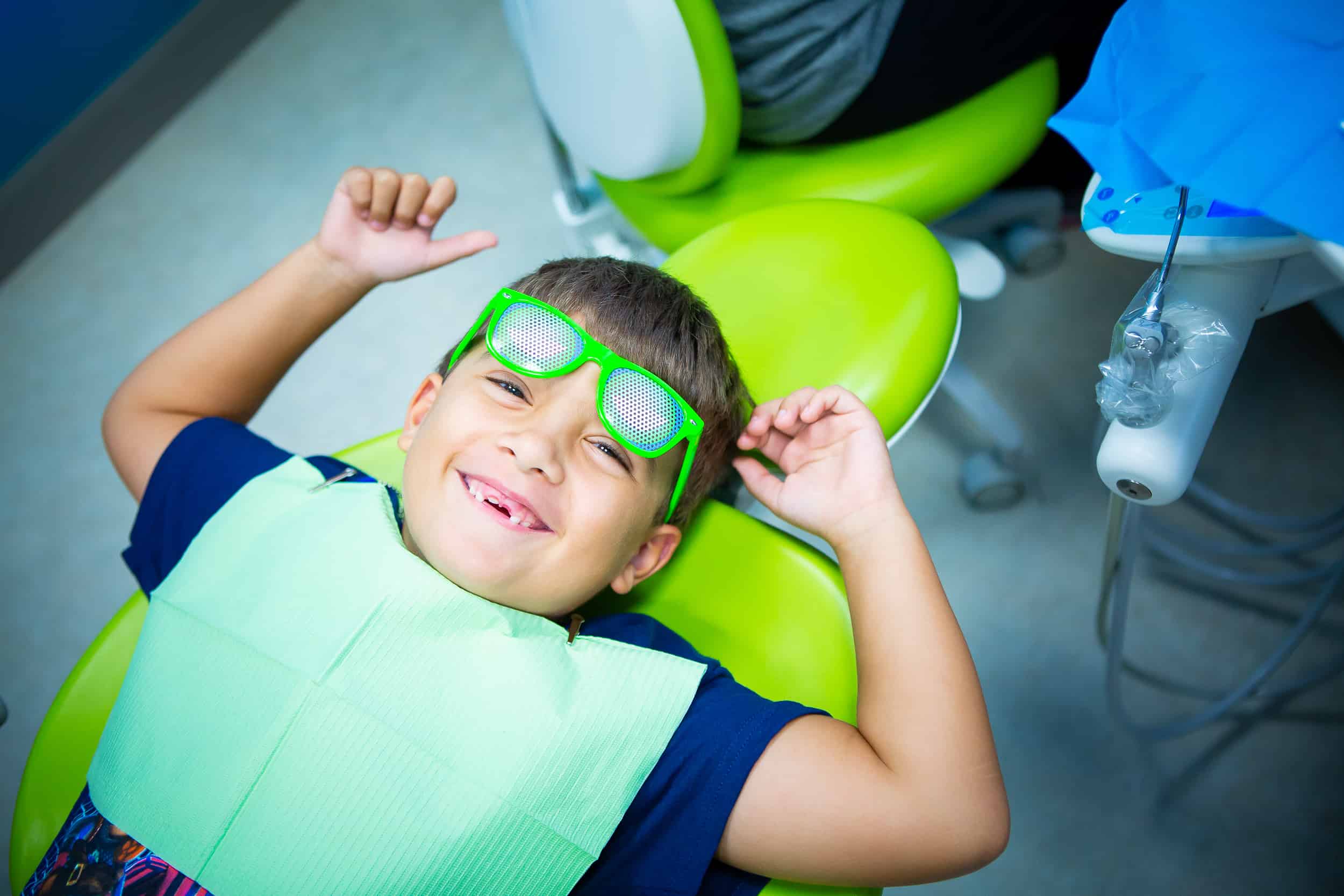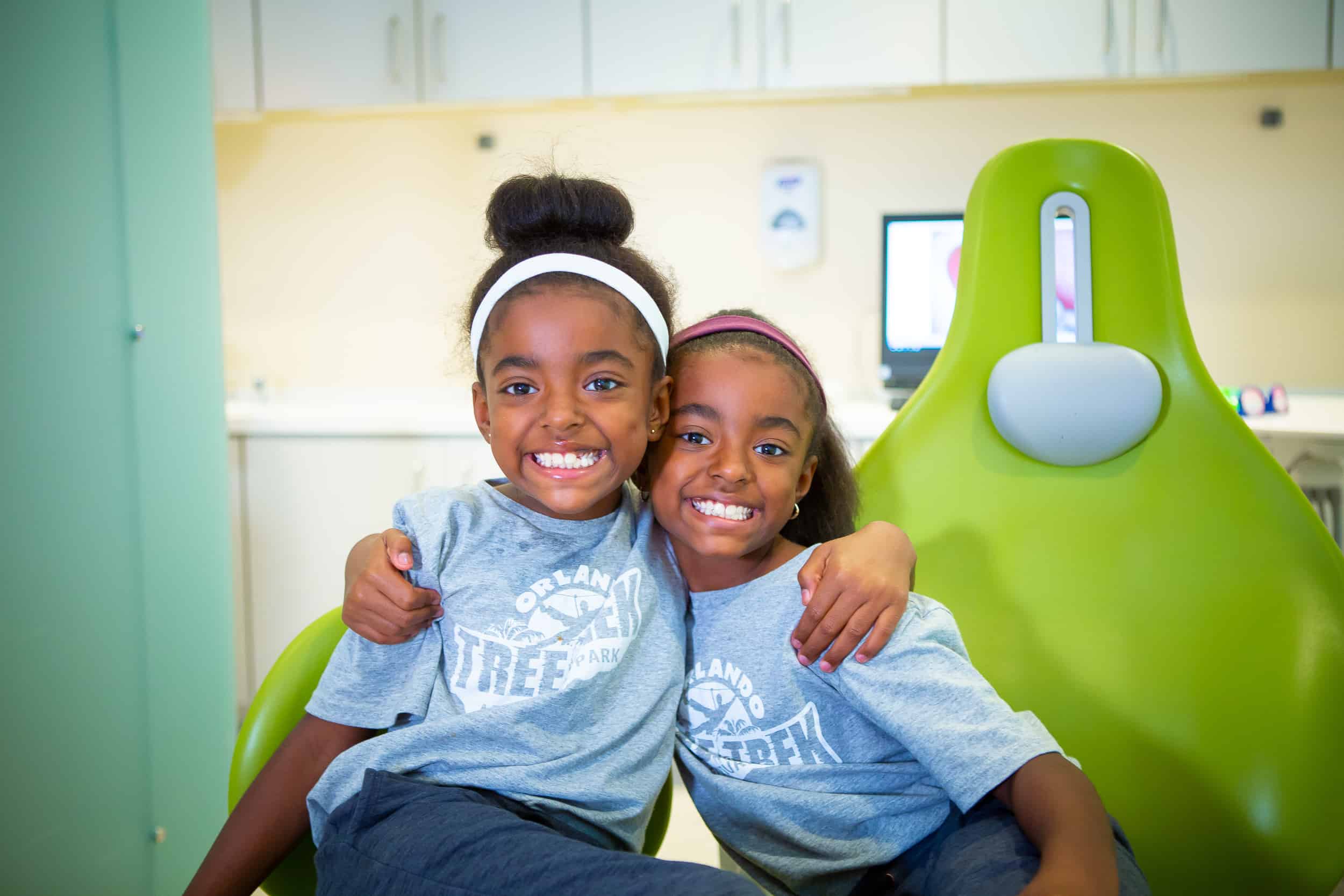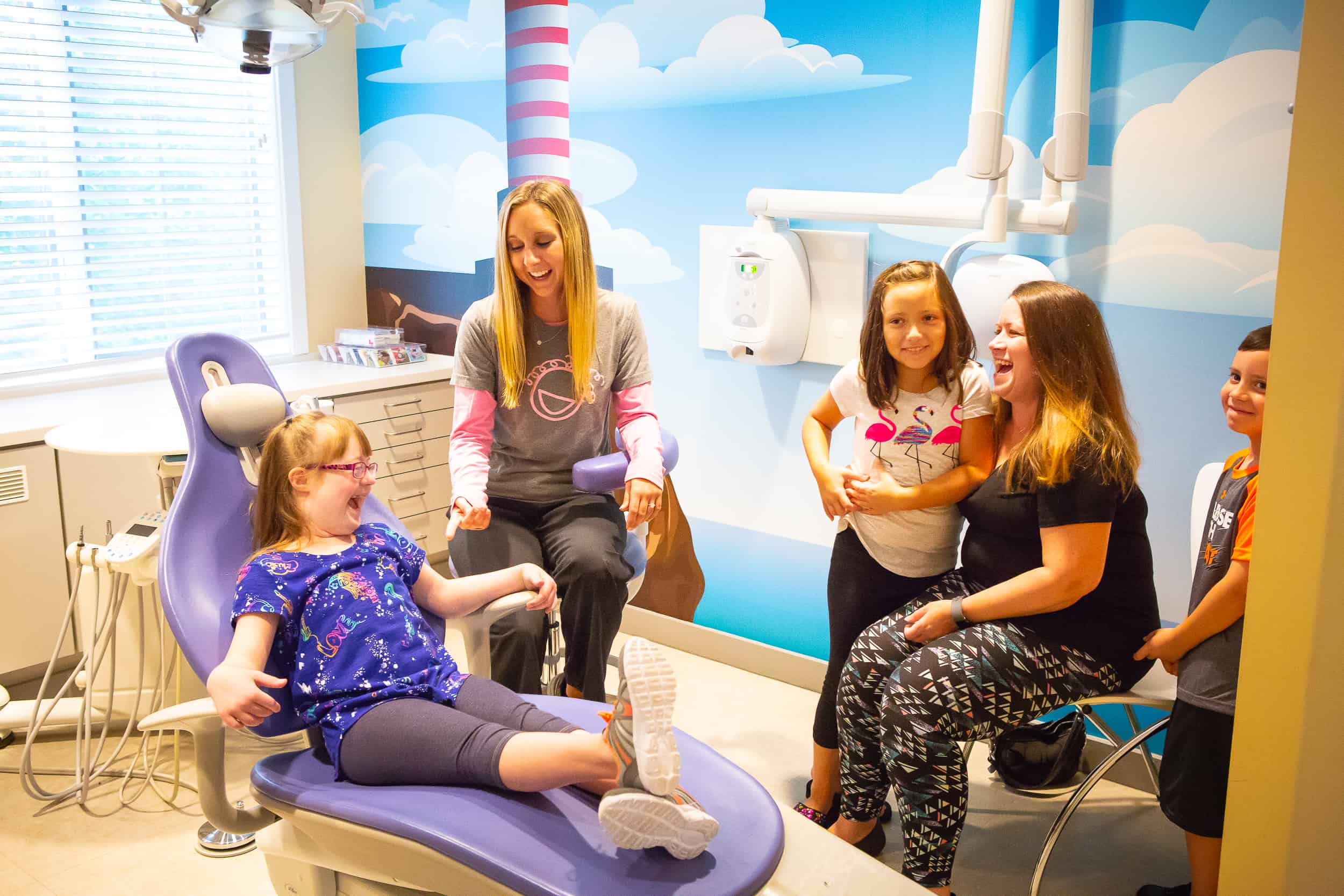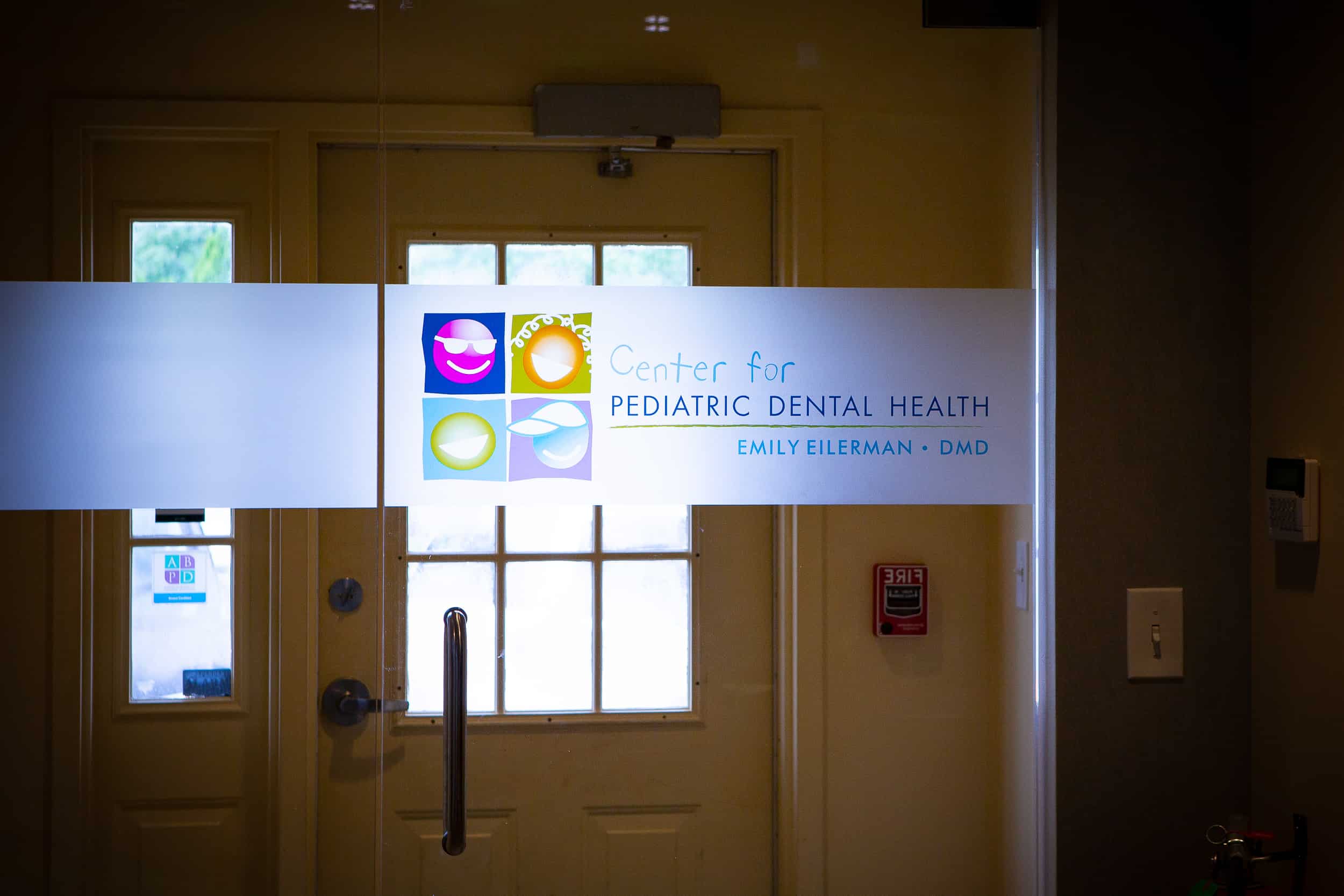Every parent knows that the approach of summertime means their children will be outside enjoying the longer days. They’ll be playing with friends or even participating in sports. Unfortunately, it can also mean more chances of their child getting injured.
Dental injuries are not uncommon, particularly during the summer when sports and play activities increase. What can you do to protect your child from mouth and teeth injuries? Do you know what to do if a child knocks out a tooth?
The Center for Pediatric Dental Health has suggestions for parents to help in dental emergencies. What do you do with the knocked-out tooth? Can the tooth be put back in place? When do you need to see a dentist? How do you prevent dental injuries? Here are some ways to keep your child’s mouth safe this summer.
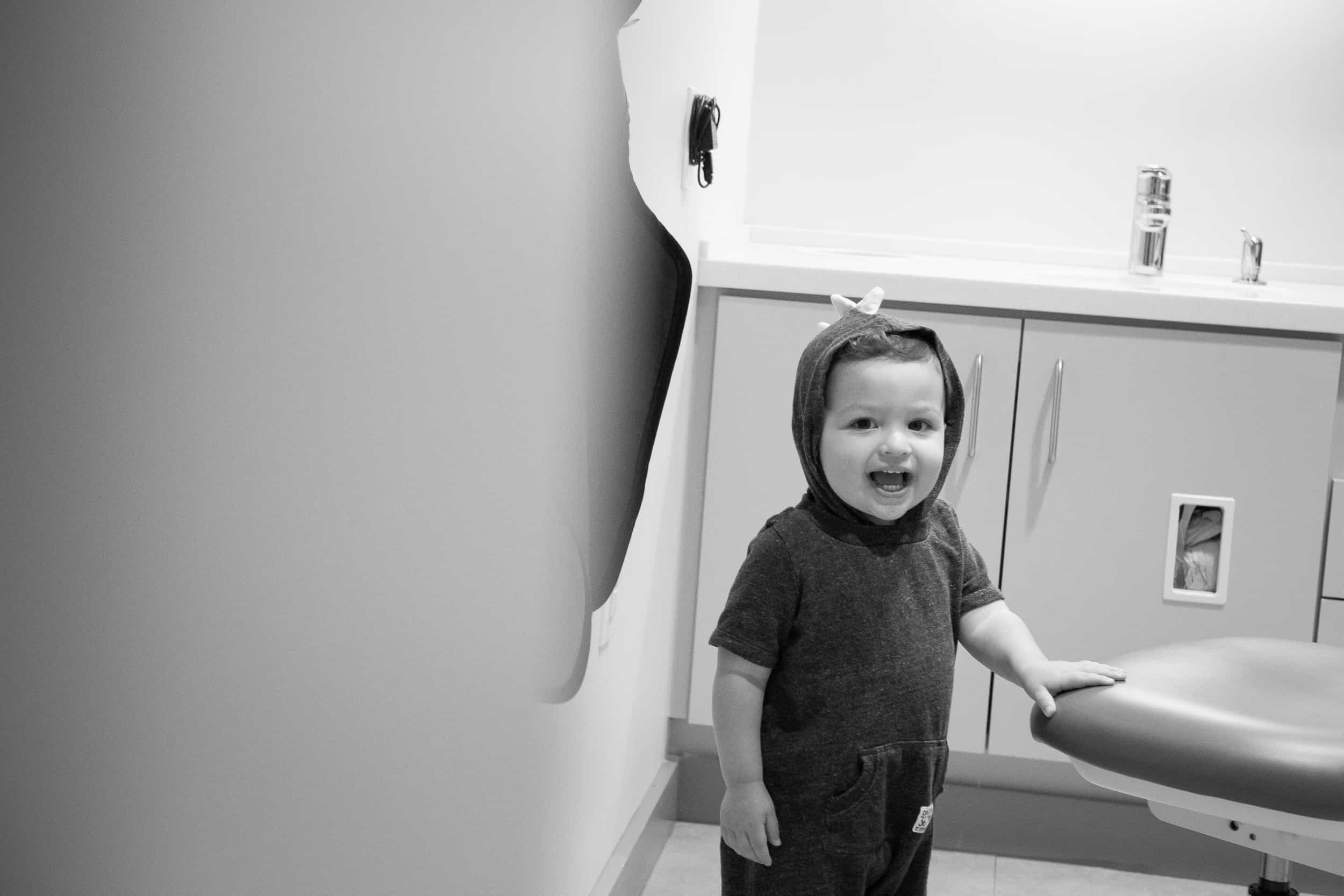
What Is a Pediatric Dental Emergency?
Some injuries and incidents become dental emergencies and should be treated as soon as possible. Others may be treated at home or at a later date, depending on how the dental problem affects your child.
Food stuck between teeth may not seem like a dental emergency, but if it causes cuts inside the mouth or swollen or bleeding gums, it needs to be addressed quickly.
Similarly, a chip on a tooth may not need immediate treatment. However, if the tooth breaks in half, that could be more serious. That’s because a break could expose the pulp — the living interior of the tooth where the nerves and blood vessels are found. Exposing the pulp to bacteria can increase the risk of infection and tooth loss.
Injuries involving bleeding, severe swelling, tooth loss, or infection should be considered for emergency treatment. If you’re not sure when to see a dentist for a dental injury, it’s OK to give us a call and explain the situation.
We’ll let you know if we need to see your child immediately or if you can make an appointment to see us within a few days.
Types of Dental Emergencies
Different types of dental injuries require different responses and treatments. Here are some suggestions for things you can do at home to help your child before you see a dentist.
Knocked-Out Tooth
What happens if your child is playing and accidentally knocks out a tooth? It can certainly seem scary! The first step is not to panic.
If it’s a baby tooth, it’s OK if it can’t be replaced, but you should visit the dentist at some point to determine whether spacers will be needed to make room for the permanent tooth once it is ready to erupt.
The loss of a permanent tooth is a different story. Here are some steps you can take:
- Find the tooth if you can, then call the dentist for an emergency appointment. If the child accidentally swallowed it, let us know. It won’t hurt them and will likely appear within 24 hours once it has gone through the digestive tract.
- Don’t touch the root, only the crown (part above the gum). Place the tooth in a container of milk or your child’s saliva. Never store the tooth in just tap water.
- Place the tooth back in the socket without touching the root if you can. This works best with older children. Place gauze over the tooth and have your child bite down on it.
- If the tooth can’t be returned to the socket, have the child bite on gauze or a handkerchief to stop the bleeding. Don’t use paper towels or tissue because they can stick to the wound and get caught in the socket.
- Bring the child and the tooth into the dentist right away. Quick actions mean we can save the tooth!
Broken Tooth or Chipped Tooth
What happens if the tooth is chipped or broken? It depends on the size of the chip or break and whether it penetrates to the tooth’s middle layer (the dentin) or the living core (pulp).
Access to the pulp can allow bacteria to enter the bloodstream, leading to infections that can cause illness and tooth loss. Therefore, patients may require urgent dental care to prevent infection.
What if the chip or break is just in the enamel? If your child has a chipped or broken tooth, try to find the chip or broken piece and save it in milk. Bring it in with your child, and we will attempt to repair the tooth. In the meantime, rinse your child’s mouth with warm water and call to schedule an appointment.
Object Stuck Between Teeth
It isn’t uncommon to get food stuck between teeth, but what happens if it’s a large piece wedged between the tooth and gum? Sometimes, an injury can cause an object to get lodged between teeth. Left untreated, it can affect the tooth or cause an infection.
How do you remove an object between teeth? The first step is to try to remove it using dental floss. Try gently working the floss between the teeth and moving the object out.
If that doesn’t work, try using a proximal or interdental brush, which looks like a small spiral brush. A third option is to use a water flosser to try to remove the object.
If none of these options work or your child’s gums start swelling, reddening, or bleeding, call the dentist immediately and make an appointment. Never try to pick at your child’s teeth or gums with a sharp object to remove something stuck there!
Other Dental Trauma
What should you do if there is another pediatric dental emergency, such as mouth lacerations in the child or bruised or swollen gums, cheeks, or lips?
A small cut that stops bleeding quickly should be monitored, but it should heal, usually within three days. A larger cut may require emergency dental care, including stitches. Have your child place gauze or a cloth against the wound to stem the bleeding, and call to see the dentist right away.
Bruising from being hit in the mouth should also heal at home. An ice pack against the child’s face can help reduce swelling. Your child can take over-the-counter pain medication if necessary and as directed.
How to Prevent Dental Injuries
The best way to prevent dental injuries is with a mouthguard. These devices usually fit over the upper teeth and protect most of the mouth from injuries during sports or play.
Many mouthguards are available in stores as boil-and-bite devices, meaning you boil them until they’re soft, then bite them to mold them to your teeth. You can also have mouthguards made professionally, but they are more expensive.
For younger children, baby-proofing the home is recommended to prevent falls. Corner guards can help prevent injury if your child falls against furniture, such as tables. Keep objects off the floor to prevent the child from tripping, and take extra care to prevent injuries on staircases.
Pediatric Dental Emergencies in Sicklerville, NJ
Pediatric injuries can be frightening for you and your child, but we can take care of your child’s mouth if you act quickly. If your child is injured, call the Center for Pediatric Dental Health to schedule an appointment for pediatric dental emergencies in Sicklerville, NJ, Woolrich Township, NJ, or Mount Laurel, NJ.


